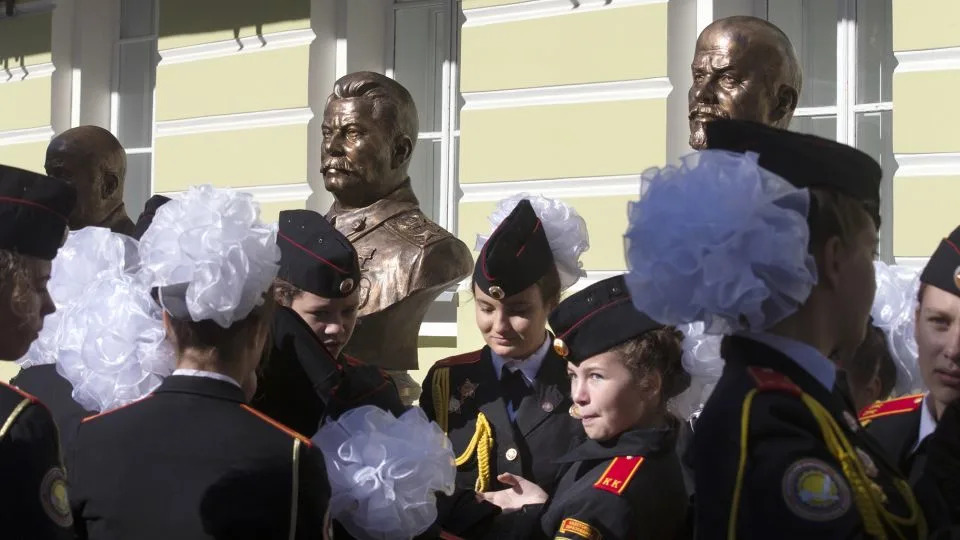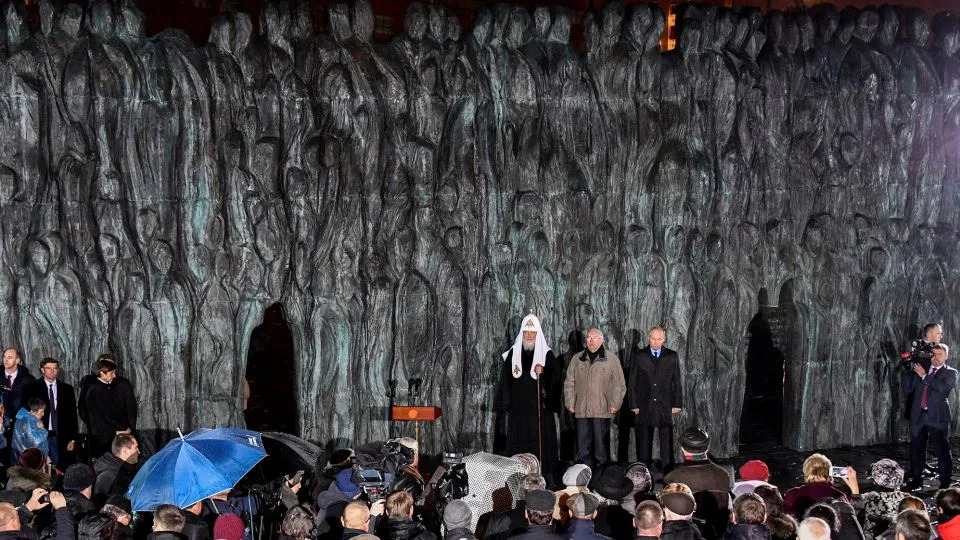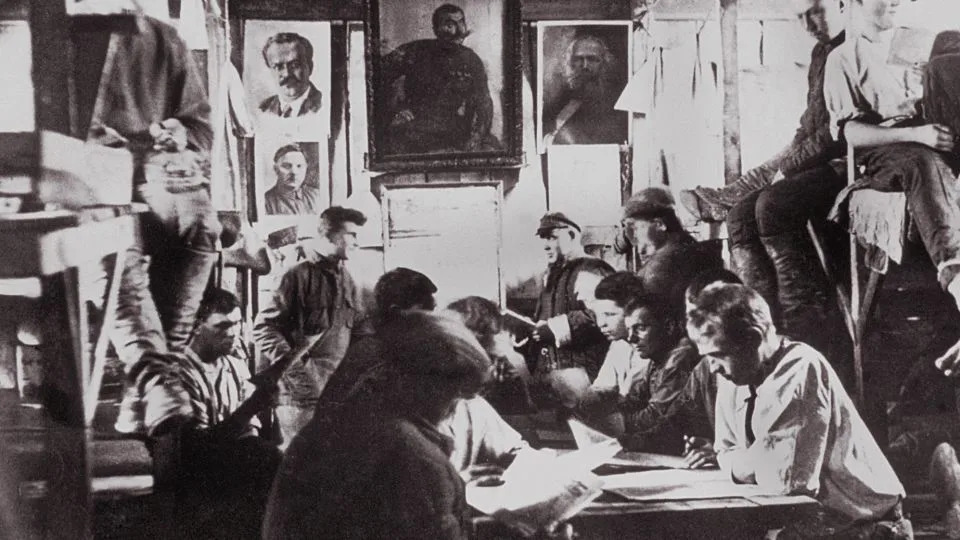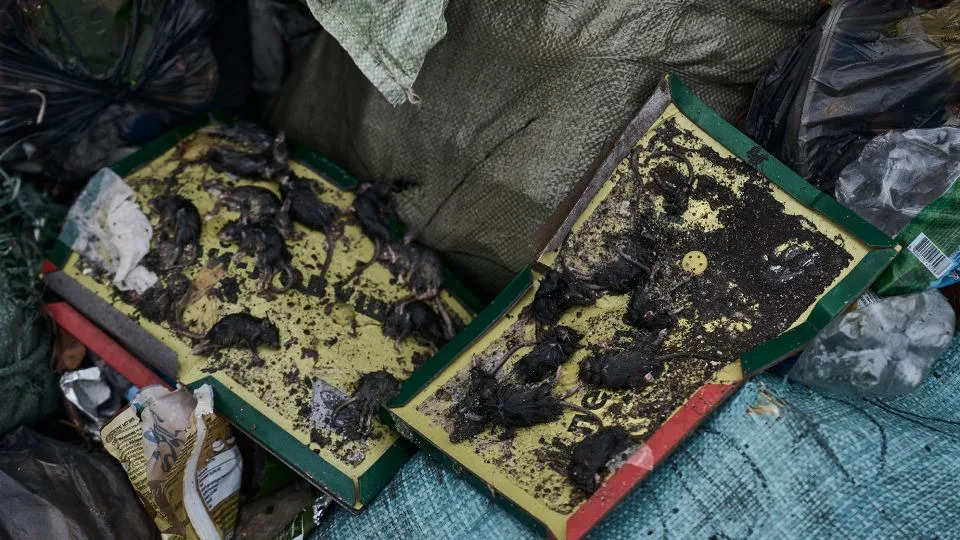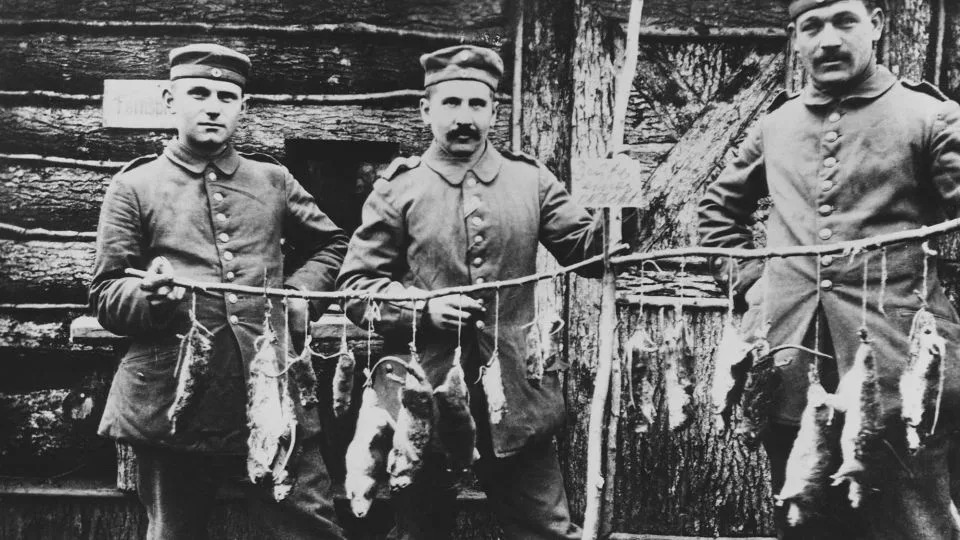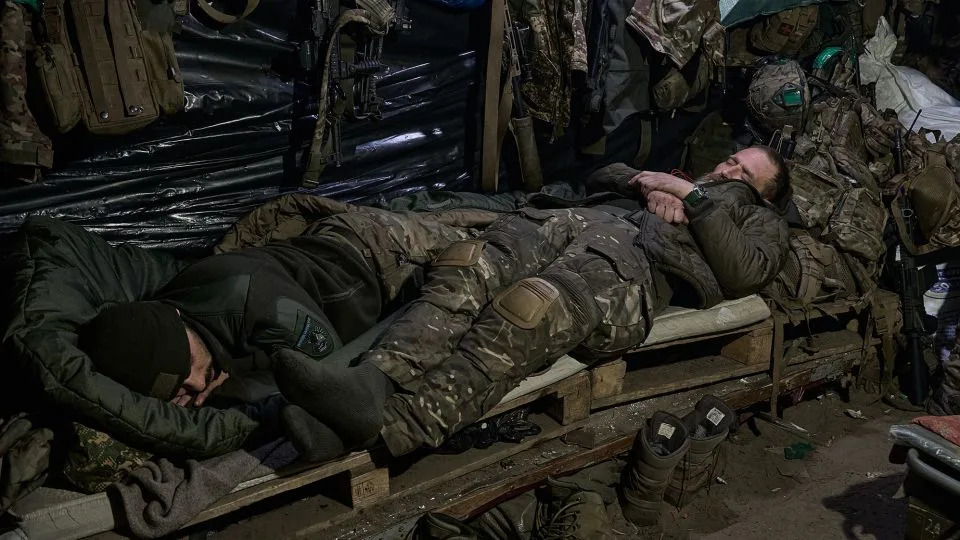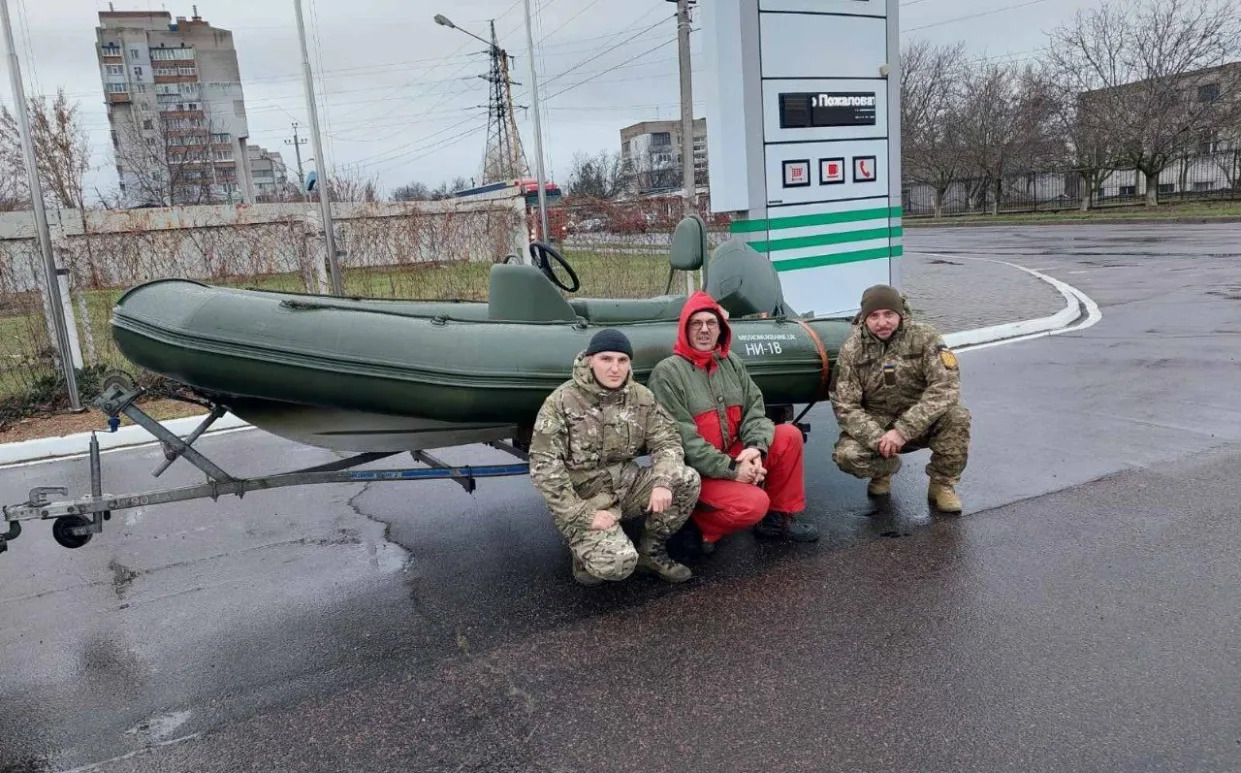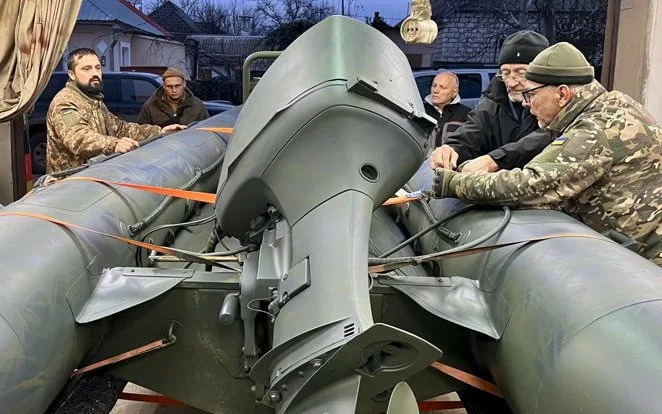Bloomberg
North Korean Missiles Face Reality Check in Putin’s Battles
Jon Herskovitz – January 22, 2024

(Bloomberg) — North Korea’s new arsenal of ballistic missiles is set for their first real-world test on the battlefield in Ukraine. But based on the success of US interceptor systems in that conflict, Kim Jong Un may be worried.
Burning through his stockpiles as the war in Ukraine nears the two-year mark, Russian President Vladimir Putin has turned to Kim to provide short-range ballistic missiles and more than 1 million rounds of artillery. The North Korean missiles sent so far are similar in size and flight dynamics to Russia’s Iskander series, weapons experts have said.
A report by the Center for Strategic and International Studies showed that the US Patriot air defense system has so far been largely effective in countering Russia’s missiles. In June, when Russia tried to take out a Patriot battery protecting Kyiv, the system shot down all of the 34 Iskander and Kinzhal missiles Russia fired, CSIS said.
That’s a warning to Putin about the KN-23 and KN-24 missiles Kim is believed to be supplying. The systems are designed to be deployed quickly, maneuverable in flight and reliably hit targets with a degree of precision. That might not be enough.
“The Patriot missile defense system should be able to intercept North Korea’s short-range ballistic missiles, given its effectiveness against Russian Iskanders,” said Shaan Shaikh, a fellow in the Missile Defense Project at CSIS, a Washington-based think tank.
Read more: Ghost Ships at Reawakened North Korea Port Put Ukraine in Peril
Kim’s military has fired off about 120 of its missiles in tests since 2019 and is likely aiming to build an arsenal that could eventually run into the thousands. North Korea’s missiles are priced at about $5 million each, according to data compiled by the Korea Institute for Defense Analyses and released in 2022 by South Korean lawmaker Shin Won-sik, but the costs to Kim have likely dropped since then as he ramped up production.
That makes sales of the weapons a potentially significant driver of foreign revenue or crucial goods from abroad, something the sanctions-hit North Korean economy badly needs. Yet Kim’s isolated regime, which has long used suspect activity to generate hard cash, isn’t just providing the missiles to Putin for commercial reasons.
The use of the North Korean missiles appears to be quite new, and data is likely sparse on their performance. Any information Kim can glean about his weaponry’s performance in real-world combat could also help his regime refine future designs and attack strategies.
“Russia’s use of DPRK ballistic missiles in Ukraine also provides valuable technical and military insights to the DPRK,” the US State Department said in a joint statement this month that included about 50 countries, referring to North Korea by its formal name.
Wreckage thought to be from North Korean missiles was in the debris from strikes in Kharkiv in early January, when it wasn’t likely under Patriot protection. Dmytro Chubenko, a spokesperson for the Kharkiv prosecutor’s office, told reporters the missiles were different in key aspects from Russian models, and he believed they were from North Korea, the Associated Press reported.
The transfer of such missiles from North Korea, with ranges of about 400-800 kilometers (250-500 miles), increases the pool of weapons the Kremlin can draw upon to attack Ukraine as the war grinds on.
“North Korea’s transfer of several dozen SRBMs (short-range ballistic missiles) will be welcomed by Moscow, which has depleted its prewar stockpile despite efforts to increase missile production,” the International Institute for Strategic Studies said in a recent report.
Kim, meanwhile, is trying to modernize his arsenal even more. His regime started the year by firing off a new type of warhead it said moves at high speeds and turns in the air, which is mounted on an intermediate-range missile designed to hit all of Japan and US bases in Guam.
Missile Barrage
South Korea and Japan both deploy Patriot batteries to protect key areas from the likes of North Korea. South Korean forces operate 8 PAC-2 and PAC-3 batteries around Seoul and US forces operate PAC-3 systems in Japan at US military bases, particularly Okinawa, according to a report from the Arms Control Association.
The Patriot system has a powerful radar that is able to track up to 100 targets including cruise missiles, ballistic missiles and aircraft, according to a report from the Congressional Research Service.
Nevertheless, Russia has used heavy barrages of missiles to overwhelm Ukraine’s defenses. In late December, Russia ramped up its bombardment campaign, firing hundreds of missiles at cities across Ukraine, killing dozens. The US determined Russia probably used North Korean missiles in that attack.
The influx from North Korea will likely draw down the stocks of missiles for Patriot batteries and other air defense systems in Ukraine, in a strategy of attrition that could increase the changes for successful strikes.
As a result, NATO members pledged in January to ramp up production and procurement of 1,000 Patriot missiles to bolster Ukraine’s air defenses, at a cost of $5.5 billion.
“Patriot is the only system that can deal with all types of Russian missiles,” Ukrainian President Volodymyr Zelenskiy said in October when Germany pledged to provide a Patriot battery to protect Ukraine. Now he’ll see if that includes the newer North Korean varieties as well.




